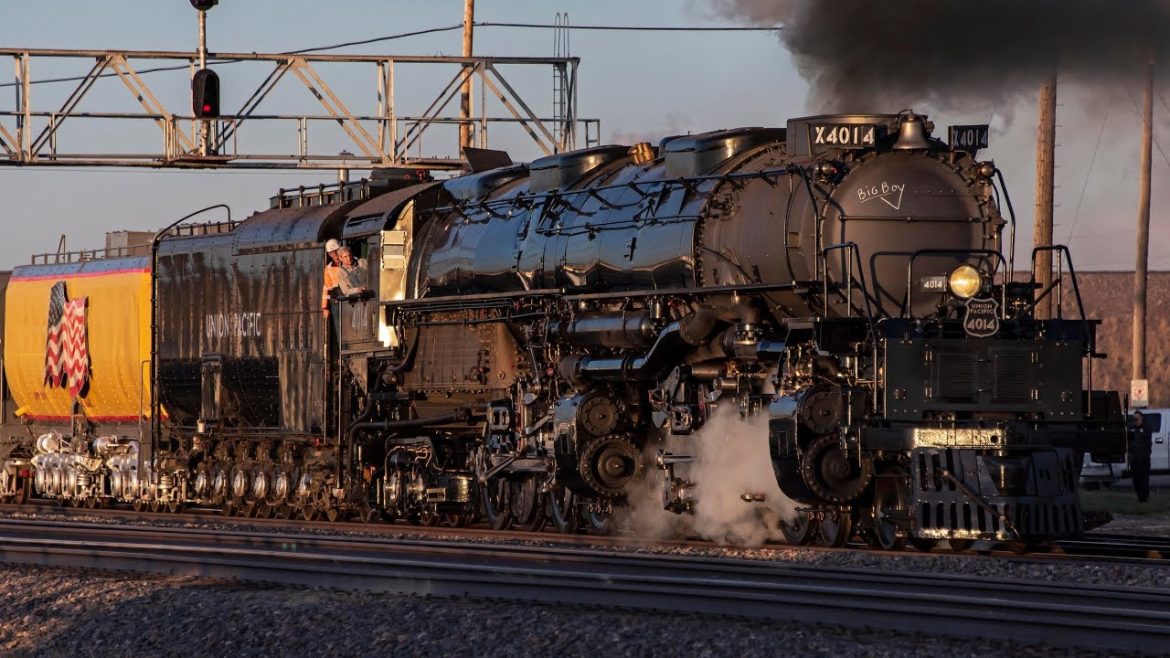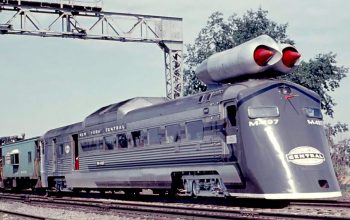The Beginning of the Modern Transportation
For centuries, trains played a crucial part on the mobility of men and the expansion of the Industrial Revolution worldwide. They made it possible to transport large amounts of valuables and people that would be impossible to deliver with horses and carts. Therefore, the impact of the railway world to the transportation sector cannot be denied. This revolution began with the invention of the steam engines that powered the trains for centuries and changed the A to B technology forever. Here’s how the steam engines came to be and how some of the most revolutionary locomotives played a huge role on the development of the railway heroes.
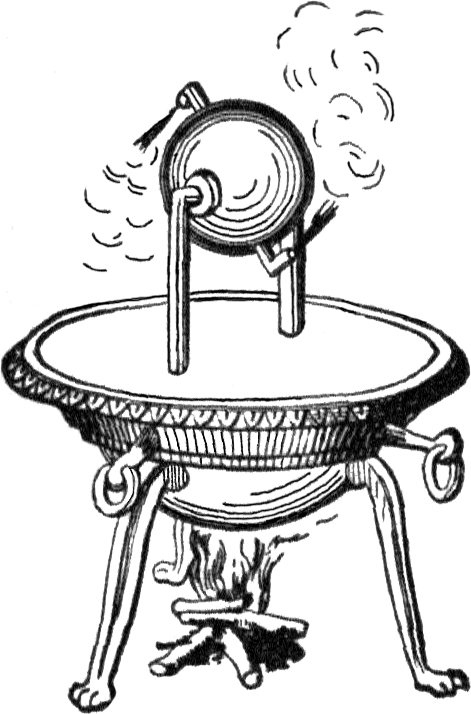
It’s widely considered that the steam engines came to life in the early 17 and 18th centuries, but the first attempt to harness the power of heat and water goes all the way back to between 40-70 AD, when Hero of Alexandria, a Greek engineer and inventor, revealed the first ever steam engine known to man, named ”Aeolipile”. The Aeolipile was a bladeless radial steam turbine that spins when the central water container heats up. As it heats up, the engine produces torque as the steam jets exit the turbine. A similar idea was put forward by Vitruvius, a Roman architect, but Hero was the first one to execute the idea of a steam engine. Even though Hero of Alexandria is thought to be the inventor of the steam engines, the Aeolipile is not a direct predecessor of the steam engines that were brought to life in the Industrial Revolution as the working principles of these newer engines were vastly different and way more practical.
From Engine to Train, The Development of Steam Locomotives
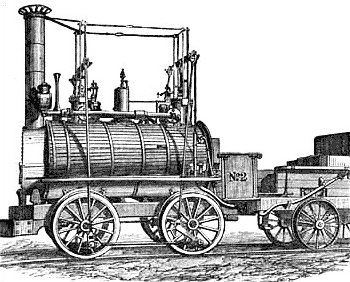
Blucher’s engine 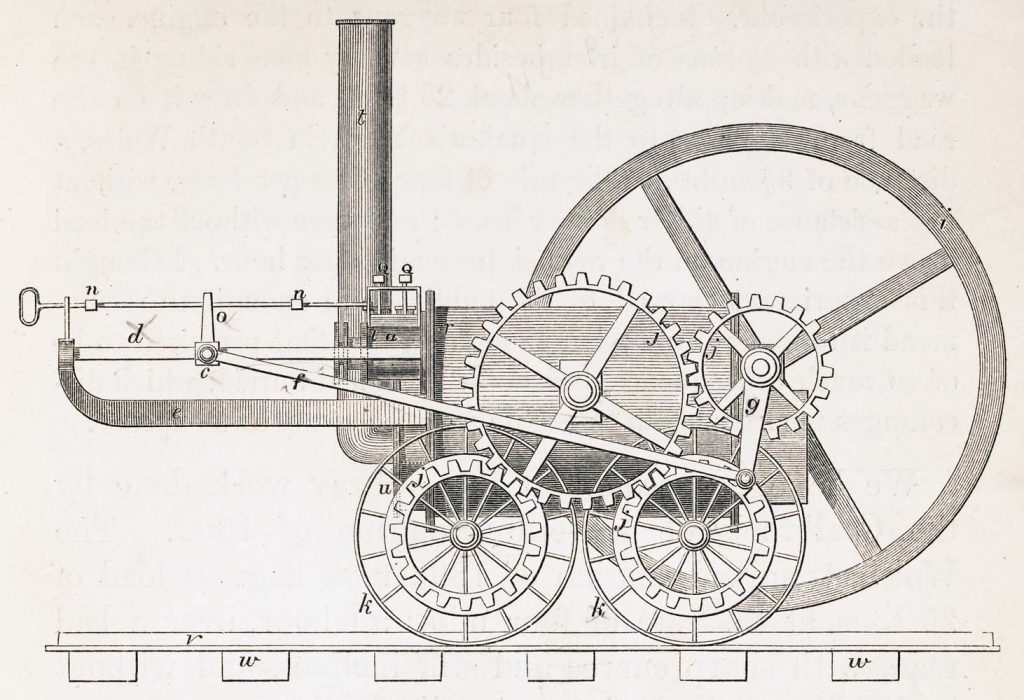
Trevithick’s Tramroad Locomotive 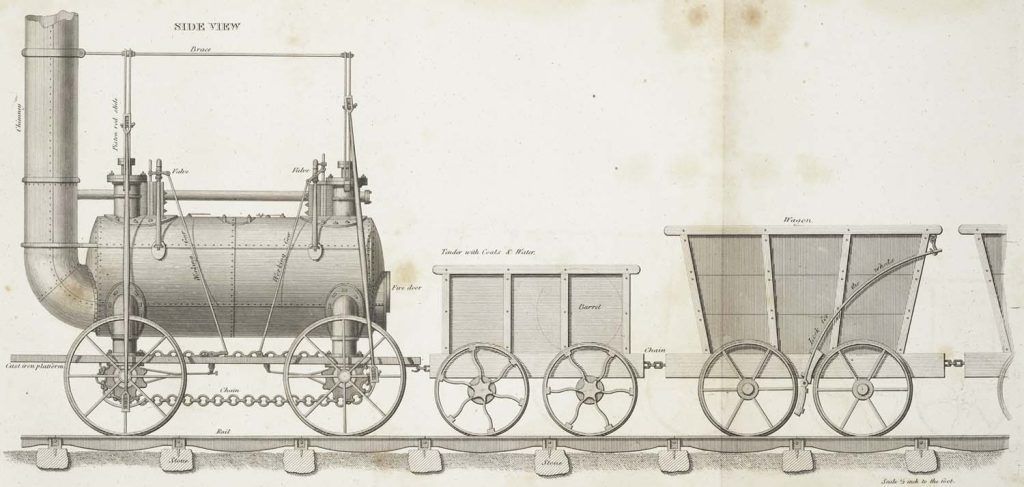
Stephenson’s Patent Locomotive Engine 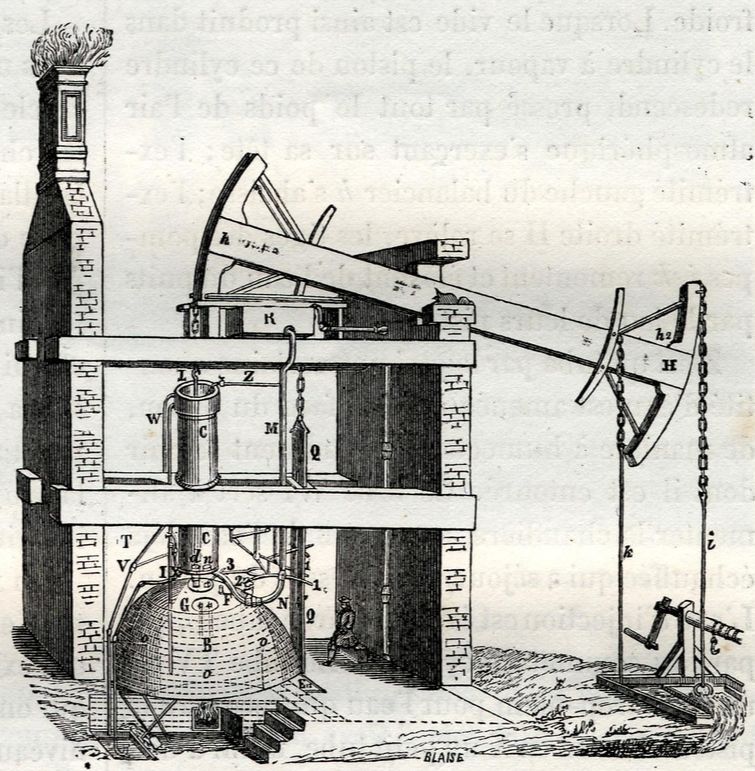
Thomas Newcomen’s steam engine
The actual practical steam engines were put forward by a number of innovators after the Industrial Revolution and the earliest of which is Thomas Newcomen, who unveiled the first ever commercially available steam engine, which uses an atmospheric engine that used steam to power up a pump. The engine was not by all means efficient, but it was successful enough to be used for pumping water for countless coal mines in the Great Britain.
The man who came after Thomas, James Watt, who is considered as the father of the steam engine, patented a ”double acting” engine that used high pressure steam on both sides of the piston to maximize the efficiency and the output. This system would later be used in other ancillary devices like steam regulators, pressure gauges and throttle valves. It was after James Watt’s engine invention that the fundaments of the steam-powered locomotives that we all know were laid down.
Richard Trevithick, a British mining engineer, was the inventor of the steam-powered locomotives in 1802 with his Tramload Locomotive design that’s powered with his own patented high-pressure engine. He wrote in 1804 that he “carry’d ten tons of Iron, five wagons, and 70 Men…above 9 miles…in 4 hours and 5 Mints.” Even though it doesn’t sound quick, his locomotive was the starting point of the development of the railway world.
George Stephenson and his son Robert were the ones who greatly improved Trevithick’s concept, using a patented locomotive engine that was used to transport coal at the Killingworth mine. Their first locomotive, which used multi-tube boiler, is known with the name ”Rocket”. Stephenson was confident enough with his creation to compete in a competition at the Rainhill Trials to answer the question of whether it was best to move wagons along rails by fixed steam engines using a pulley system or by using locomotive steam engines. The Rocket won the competition with an average speed of 20 km/h (13 mph) with pulling a load, and 46 km/h (29 mph) without a load. Stephenson’s Rocket played a huge role in the development of the locomotives, and his multi-tube boiler system was used in the next generation trains that followed.
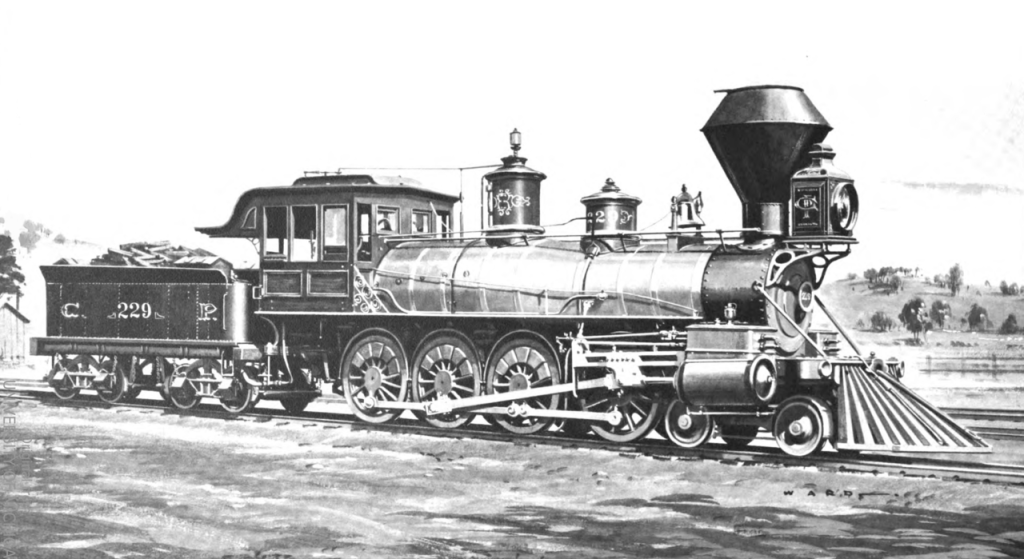
First Taste of Success: CPR #229 ”Mastodon”
Central Pacific Railroad was the builder of the first successful steam locomotive in railway world, the CPR #229, widely known as Mastodon. It was built by Andrew Jackson Stevens and this is the part where I try my best to not make it sound nerdy or boring, but the locomotive had two unorthodox features that weren’t used before: the firebox shape of the engine and the steam distribution. 20 Copies of the 229 were built and Mastodon started her service shortly after its creation, in April 1882. The locomotive itself weighed 41,000 kg (105,850 lb) and had a fuel capacity of 4,900 liters (10,700 lb). The Mastodon was much more powerful and efficient than any other locomotive in the market upon its release, which was made possible through the usage of a double valve gear which resulted in exceptional steam distribution without any major cooling issues. The same system was used in CPR#237, named El Gobernador, which came to life as an inspiration by the Mastodon. El Gobernador was the largest locomotive in the world at its time, but unlike Mastodon, its engine was riddled with issues, and it was scrapped in 1894. The Mastodon was renumbered as Southern Pacific 2925 and converted from wood to oil-firing, and was later assigned to Oregon lines near its end of life. Mastodon was scrapped in June 1935 in Portland, Oregon, after a working timespan of 53 years. Despite its significance to the railway world, nothing remains of the once the most successful rail car of its time.
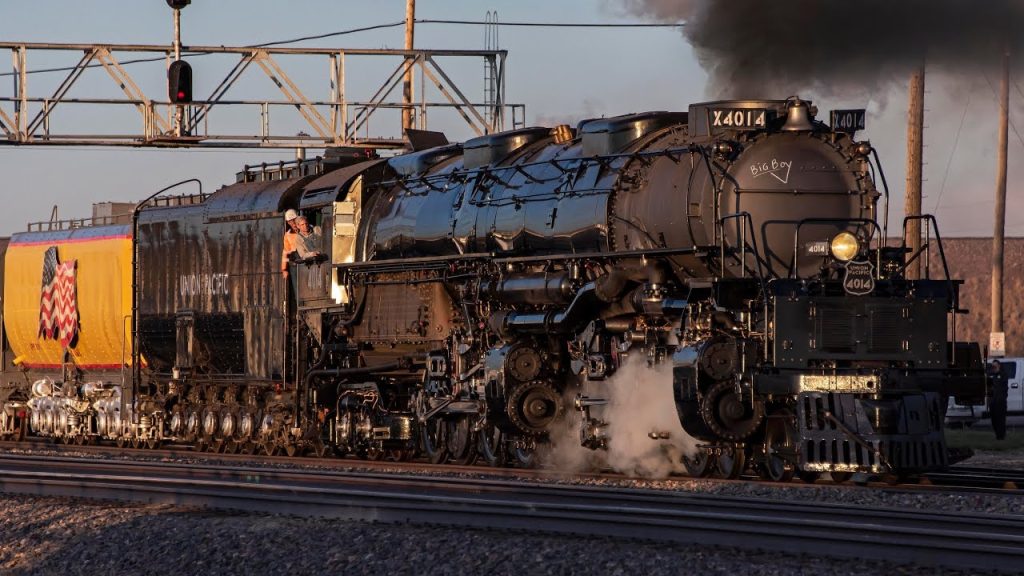
A Legend, Union Pacific Big Boy
The Big Boy may just be the most legendary and important steam locomotive that’s ever created. Built by American Locomotive Company between 1941 and 1944, 25 copies of the justifiably named Big Boy were made to haul freight over the Wasatch mountains between Ogden, Utah, and Green River, Wyoming. The name ”Big Boy” was given by an unknown ALCO worker who scrawled the name ”Big Boy” with chalk in front of the locomotive. It’s known to be the only locomotive that used 4-8-8-4 wheel arrangement: four-wheel for stability upon entering curves, two sets of eight driving wheels and a four-wheel trailing truck to support the huge firebox. To illustrate how enormous the locomotive is, taking a look at its spec sheet is more than enough. The locomotive weighs 350,000 kg (772,250 lb) and has a fuel capacity of 25,400 tons. Big Boy consumed 12 tons of coal and 45,000 liters of water per hour, which is by no means efficient, but it served well back in its period, since it was designed to travel smoothly and safely at 80 miles per hour. The Big Boy has the longest engine body of any reciprocating steam locomotive, which is, in comparison, longer than two buses combined. The locomotive also outweighs a Boeing 747 with its massive 350k kg+ weight. The locomotive costed $265,000 to build, which is equivalent to $4,882,115 in today’s money. Big Boy was retired in 1962 after 21 years of service through the Great Plains, however, eight of the twenty-five examples were preserved and restored, seven of the restored are static display whereas one of the eight, number 4014 is still in service under the excursion service and it’s now getting ready to Museum Special excursion between Cheyenne and Denver to benefit the Union Pacific Railroad Museum at the end of July 2022. The Big Boy is currently the largest and the most powerful operating steam locomotive in the world.
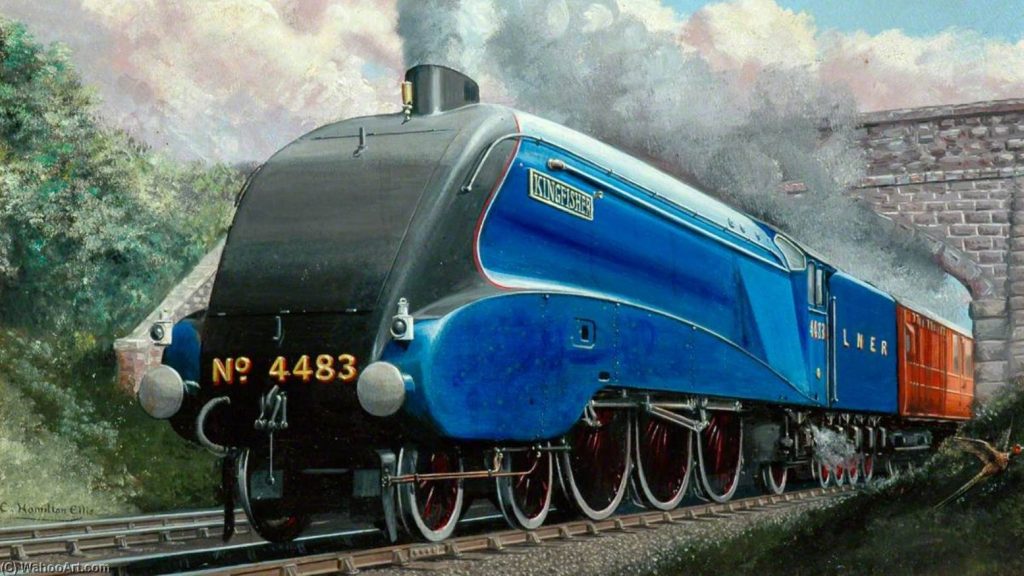
The Fastest Steam Locomotive, the ”Mallard”
The Mallard, just like Mastodon and Big Boy, is one of the most iconic steam locomotives ever built. It was built by London and North Eastern Railway in March 3, 1938 and was the first ever locomotive that was wind tunnel tested and streamlined to operate in long distance express passenger services at high speeds. The most impressive aspect of the train, however, is its world speed record for steam locomotives at 203 km/h (126 mph) which made it the fastest steam locomotive ever built. Mallard weighed 104,000 kg and ran over 100 mph in most of its journey despite the 90 mph line speed limit. Despite being 84 years old, the design of the Mallard looks contemporary with its streamlined bodywork and unique garter blue with red wheels, and the residents close to its route surely saw it coming from a mile away, as Mallard covered almost one and a 2.4 million kilometers (1.5 million miles) before its retirement in 1963, 25 years after its first run. Mallard is now a part of the National Collection and preserved and exhibited at the National Railway Museum, located in York. Mallard also became a part of the popular culture, the British prog rock band Big Big Train’s ”East Coast Racer” tells the story of Mallard’s world record run. There’s also a brick sculpture named ”Brick Train” located near Darlington, which is modelled on the Mallard.
The steam engines developed by the innovators of the ancient world and the Industrial Revolution gave birth to the largest mass transport network in the world. These innovations throughout the centuries led to the most successful steam locomotives, the Mastodon, Big Boy and Mallard, all of which played significant roles on the reputation and the success of the steam locomotives and laid down the foundations for the next generation diesel trains that are powered by internal combustion engines that are still being used today.

